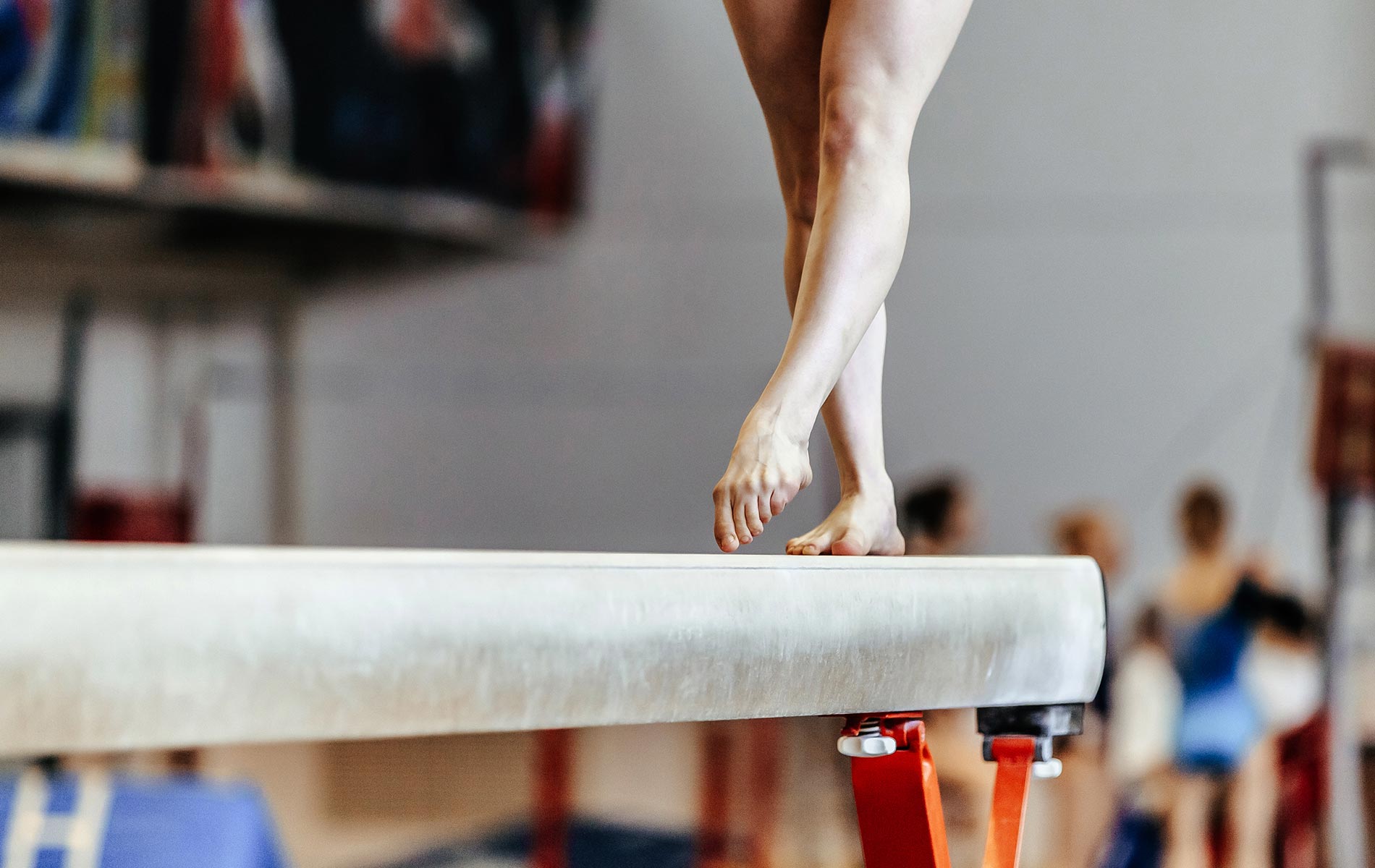Common Gymnastics Injuries

Gymnastics injuries – Gymnastics is a physically demanding sport that requires strength, flexibility, and coordination. However, it also comes with a high risk of injury due to the repetitive and high-impact nature of the movements involved.
Gymnastics, a demanding sport, often takes a toll on the body. The strenuous movements and rigorous training can lead to a range of injuries. One such injury is known as the “dicello gymnast,” a condition that affects the wrist. Dicello gymnast is a term used to describe the wrist pain and inflammation caused by repetitive stress on the wrist joint.
It’s a common issue among gymnasts who perform exercises that involve extensive wrist movements. Understanding the causes and symptoms of gymnastics injuries is crucial for athletes and coaches alike to prevent and address them effectively.
The most common injuries sustained by gymnasts include:
- Ankle sprains
- Knee pain
- Shoulder impingement
- Wrist pain
- Back pain
These injuries can be caused by a variety of factors, including:
- Overuse
- Improper technique
- Inadequate warm-up
- Poor conditioning
The prevalence of different injuries varies depending on the gymnast’s age, skill level, and training regimen. However, some studies have found that ankle sprains are the most common injury among gymnasts, followed by knee pain and shoulder impingement.
Prevention and Treatment of Gymnastics Injuries

Gymnastics is a demanding sport that requires strength, flexibility, and coordination. However, it also carries a high risk of injuries. These injuries can range from minor strains and sprains to more serious fractures and dislocations.
To prevent gymnastics injuries, it is important to:
- Warm up properly before each workout.
- Use proper technique when performing exercises.
- Condition your body gradually to increase strength and flexibility.
- Listen to your body and stop if you feel pain.
- Use safety mats and other protective gear.
- Get regular checkups with a doctor or physical therapist.
If you do sustain a gymnastics injury, it is important to seek medical attention as soon as possible. Treatment options will vary depending on the severity of the injury.
- Minor injuries may be treated with rest, ice, and compression.
- More serious injuries may require surgery or physical therapy.
Rehabilitation and recovery are important parts of injury management. Rehabilitation exercises can help to restore range of motion, strength, and flexibility. Recovery time will vary depending on the severity of the injury.
Case Studies and Research on Gymnastics Injuries

Gymnastics injuries are a significant concern for athletes and coaches alike. Case studies and research have provided valuable insights into the causes, prevention, and treatment of these injuries.
Case Studies
Numerous case studies have documented the experiences of gymnasts who have suffered injuries. These studies provide detailed accounts of the injury, its impact on the athlete’s career, and the treatment and rehabilitation process. By examining these case studies, researchers and clinicians can gain a better understanding of the factors that contribute to gymnastics injuries and develop more effective prevention and treatment strategies.
Research Findings, Gymnastics injuries
Research studies have investigated the causes and treatment of gymnastics injuries from various perspectives. Epidemiological studies have identified the most common injuries and risk factors, while biomechanical studies have examined the forces and movements that can lead to injury. Clinical studies have evaluated the effectiveness of different treatment interventions, including surgery, physical therapy, and rehabilitation programs.
Emerging Trends and Advancements
In recent years, there have been several emerging trends and advancements in the field of gymnastics injury prevention and management. These include:
- Increased emphasis on injury prevention programs, including warm-up exercises, proper technique training, and strength and conditioning.
- Development of new technologies, such as motion capture systems and wearable sensors, to monitor and analyze athlete movement and identify potential risk factors for injury.
- Advancements in surgical techniques and rehabilitation protocols to improve outcomes for injured gymnasts.
Injuries are an unfortunate reality for gymnasts, with the rigorous training and demanding routines putting their bodies under immense stress. However, despite the risks, the allure of representing the USA at the Olympics remains a powerful motivator. The upcoming USA Gymnastics Olympic Team 2024 will undoubtedly feature some of the world’s most talented gymnasts, each hoping to avoid injury and reach the pinnacle of their sport.